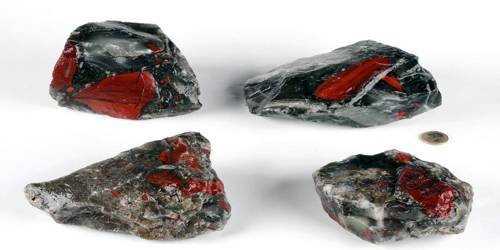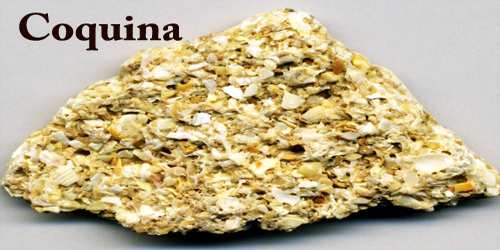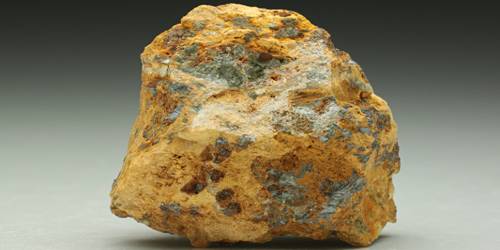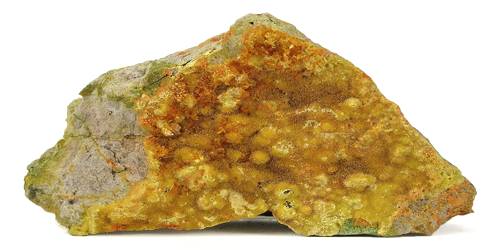The mineral aggregate heliotrope also known as bloodstone, is a variety of jasper or chalcedony. The “classic” bloodstone is green jasper (chalcedony) with red inclusions of hematite. It has a dark-green variety of the silica mineral chalcedony that has nodules of bright-red jasper distributed throughout its mass. The red inclusions are supposed to resemble spots of blood; hence the name “bloodstone”. The name “heliotrope” derives from various ancient notions about the manner in which the mineral reflects light.
Heliotrope is sometimes used in carved signet rings and is the traditional birthstone for March.
General Information
- Category: Mineral
- Formula: SiO2 (silicon dioxide)
- Crystal system: Trigonal

Fig: Heliotrope
Properties
Heliotrope features as an invisibility stone in one of Boccaccio’s stories in the Decameron and as a healing magic item in a musical comedy derived from it. Polished sections, therefore, show red spots on a dark-green background, and from the resemblance of these to drops of blood, it derives its name.
- Color: Green with red or yellow spots
- Mohs scale hardness: 6.5–7
- Luster: Vitreous
- Specific gravity: 2.61
- Refractive index: 1.53–1.54
- Birefringence: 0.004
Heliotrope was called “stone of Babylon” by Albert the Great and he referred to several magical properties, which were attributed to it from Late Antiquity. Pliny the Elder (1st century) mentioned first that the magicians used it as a stone of invisibility. Damigeron (4th century) wrote about its property to make rain, solar eclipse and its special virtue in divination and preserving health and youth.
Information Source:
















